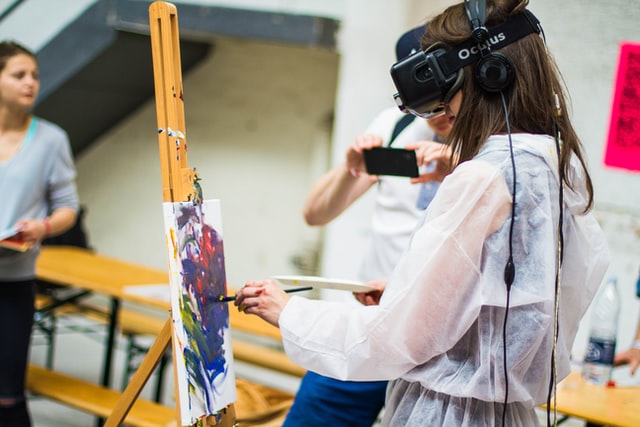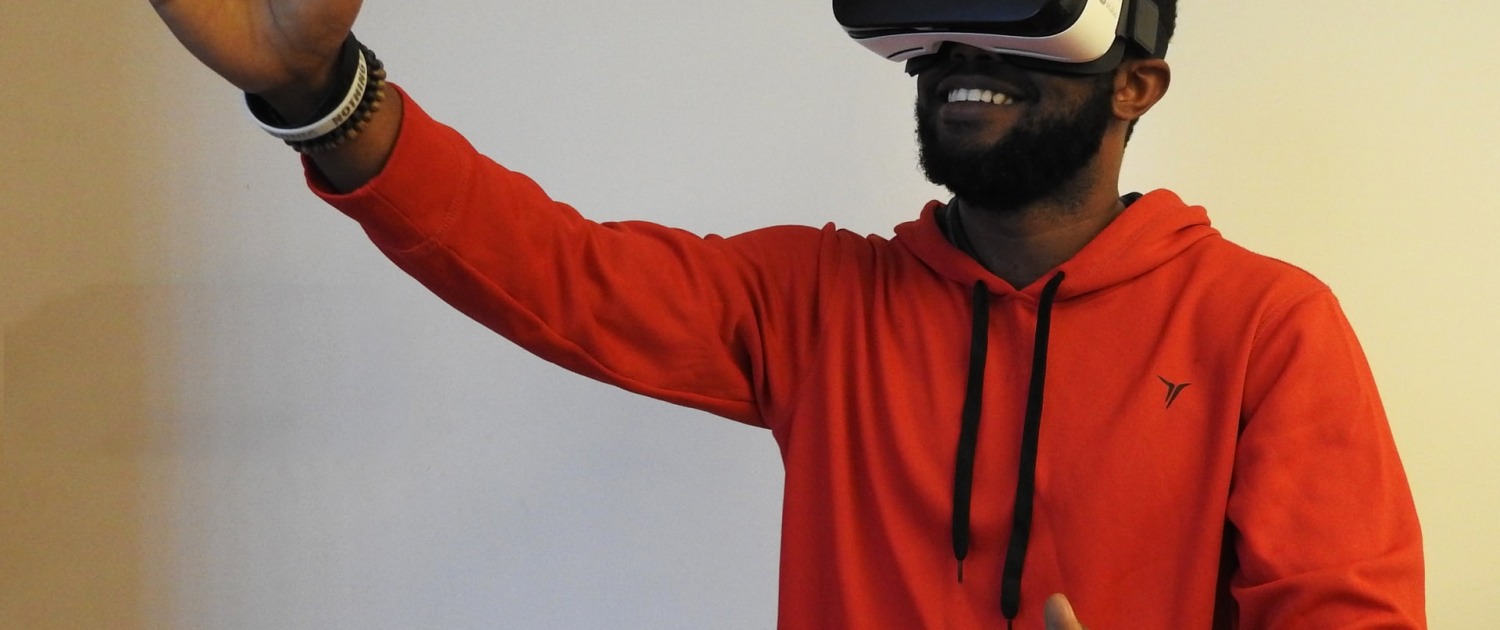Virtual reality (VR) is a computer-generated environment that lets you experience a different place or scenario. It immerses you in an experience by stimulating your senses, including sight, hearing, and touch.
The first VR systems were very primitive and only simulated two-dimensional (2D) images. Today’s VR systems can create realistic, three-dimensional (3D) worlds with sound, movement, and even smell.
VR was first used in the 1950s as a way to train pilots in flight simulators. In the 1980s, VR began to be used in arcades as a way to give gamers a more immersive experience. In the 1990s, VR was used mostly for gaming and entertainment applications.
Now, VR is being used for a variety of purposes, including education, training, healthcare, and even therapy. The potential applications for VR are endless.
How VR Works: The Science Behind Virtual Reality Technology
Virtual reality (VR) is created using computer technology. When you use VR goggles or a headset, you are actually seeing computer-generated images. These images are generated by a process called rendering.
Rendering creates the images by calculating the position of objects in a 3D space and then drawing them on a 2D screen. This process is repeated many times per second to create the illusion of movement.
A person using virtual reality equipment is typically able to “look around” the artificial world, move about in it, and interact with virtual features or items. The effect is commonly created by VR headsets consisting of a head-mounted display with one or two small high-resolution OLED or LCD monitors providing separate images for each eye, stereoscopic headphones delivering sound to each ear, and head motion tracking sensors. Some VR systems also include tactile information, generally known as haptic feedback.
Haptic feedback is the sense of touch that can be simulated in virtual reality. This can be used to create the sensation of being able to touch, feel, and manipulate virtual objects. Most VR systems use some form of haptic feedback, which can be as simple as rumble motors in-game controllers or as complex as full-body suits that provide a variety of sensations.
Early VR Systems: Examples of Early VR Systems and How They Worked
The first VR systems were very primitive by today’s standards. They only simulated 2D images and did not provide any interaction with the virtual world.
One of the earliest VR systems was called The Sword of Damocles. It was created in 1968 by Ivan Sutherland and his student, Bob Sproull. The system used a computer to generate simple wireframe images. These images were displayed on a cathode ray tube (CRT) monitor in front of the user.
The user wore special goggles that allowed them to see the images on the monitor. The goggles also had sensors that tracked the user’s head movements. This information was used to update the images on the screen, so that it appeared as if the user was looking around in a 3D environment.
Despite its primitive graphics, The Sword of Damocles is considered to be the first VR system. It laid the foundation for modern VR systems.
Modern VR Systems: How Modern VR Systems Work and What They Are Capable of

Modern VR systems are much more advanced than early VR systems like The Sword of Damocles. They can generate realistic, 3D worlds with sound, movement, and even smell.
Most modern VR systems use a process called photogrammetry to create the virtual world. Photogrammetry is the process of taking measurements from photographs.
With photogrammetry, VR developers can create virtual worlds that look and feel just like the real world. Developers can also add interactive elements to the world, so that users can interact with their environment.
VR systems are also becoming more portable and affordable. Consumer-grade VR headsets like the Oculus Rift and HTC Vive are now available for purchase. And, there are even mobile VR headsets like Google Cardboard that work with smartphones.
This means that VR is no longer just for gamers and early adopters. VR is becoming more mainstream and accessible to everyone.
VR Capabilities: Some Examples of What VR Can Be Used For
VR can be used for a variety of purposes, including education, training, healthcare, and even therapy. The potential applications for VR are endless.
Here are just a few examples of what VR can be used for:
Education: VR can be used to create immersive learning experiences. For example, students can use VR to take virtual field trips to historical landmarks or natural wonders.
Training: VR can be used to train people for dangerous occupations, such as firefighting or military combat. VR can also be used to train surgeons and other medical professionals.
Healthcare: VR can be used to treat conditions like anxiety and post-traumatic stress disorder (PTSD). VR can also be used to help people with physical disabilities, such as paralysis.
Therapy: VR can be used to help people overcome their fears and phobias. For example, people with a fear of heights can use VR to slowly desensitize themselves to heights.
These are just a few examples of how VR can be used. The possibilities are endless. And, as VR technology continues to improve, the potential applications for VR will only increase.
Conclusion
The future of VR technology is looking very promising. With the rapid advancements in VR technology, it is not hard to imagine a future where VR is commonplace.
In the near future, we can expect to see more realistic and immersive VR experiences. This will be made possible by advances in photogrammetry and other rendering techniques. We can also expect to see more social VR experiences, as headsets become more portable and affordable.
In the distant future, we may even see VR technology merge with augmented reality (AR) to create an even more immersive experience. This would allow users to interact with virtual objects in the real world.
So, what does the future hold for VR? Only time will tell. But one thing is for sure: the future of VR is looking very bright.

